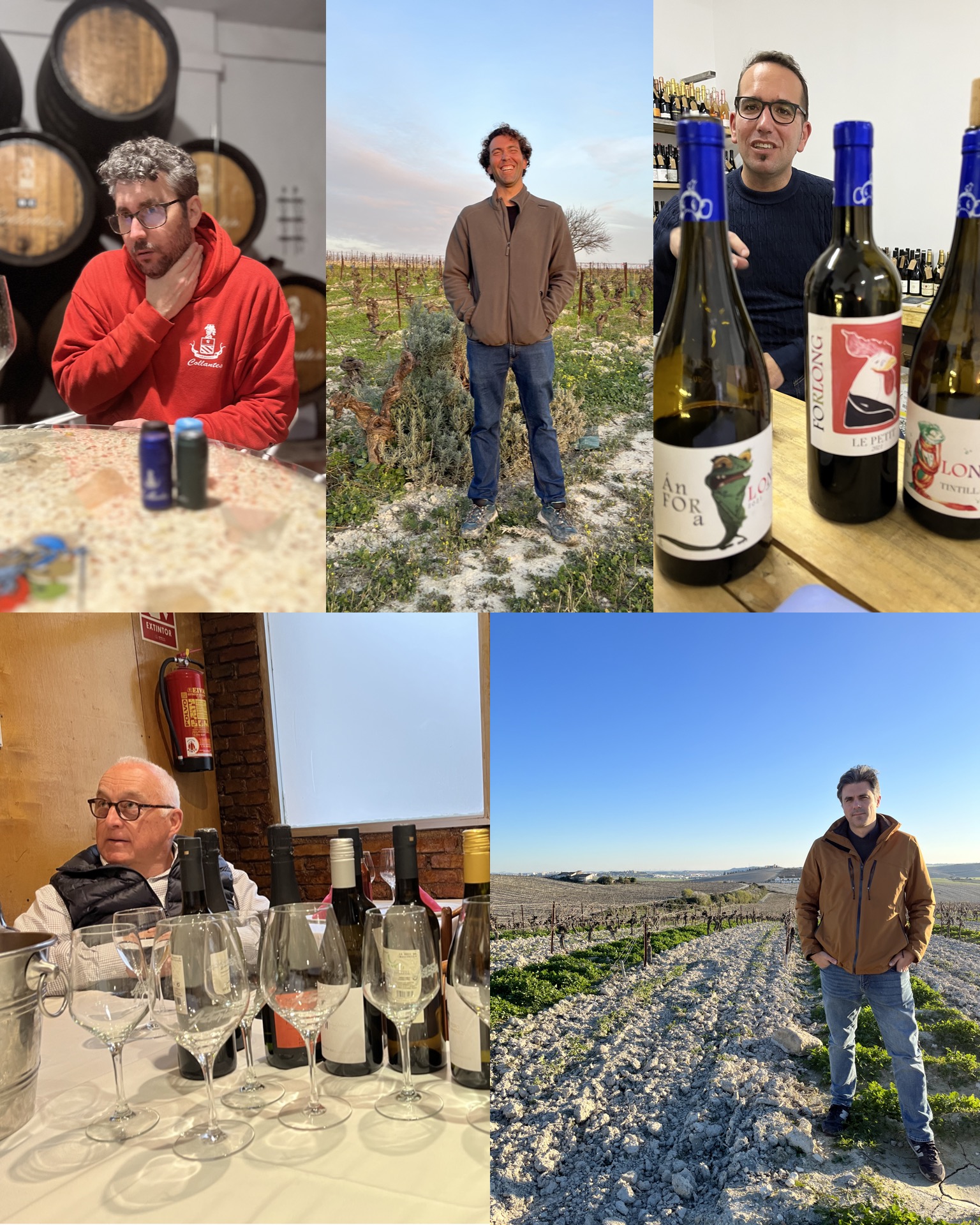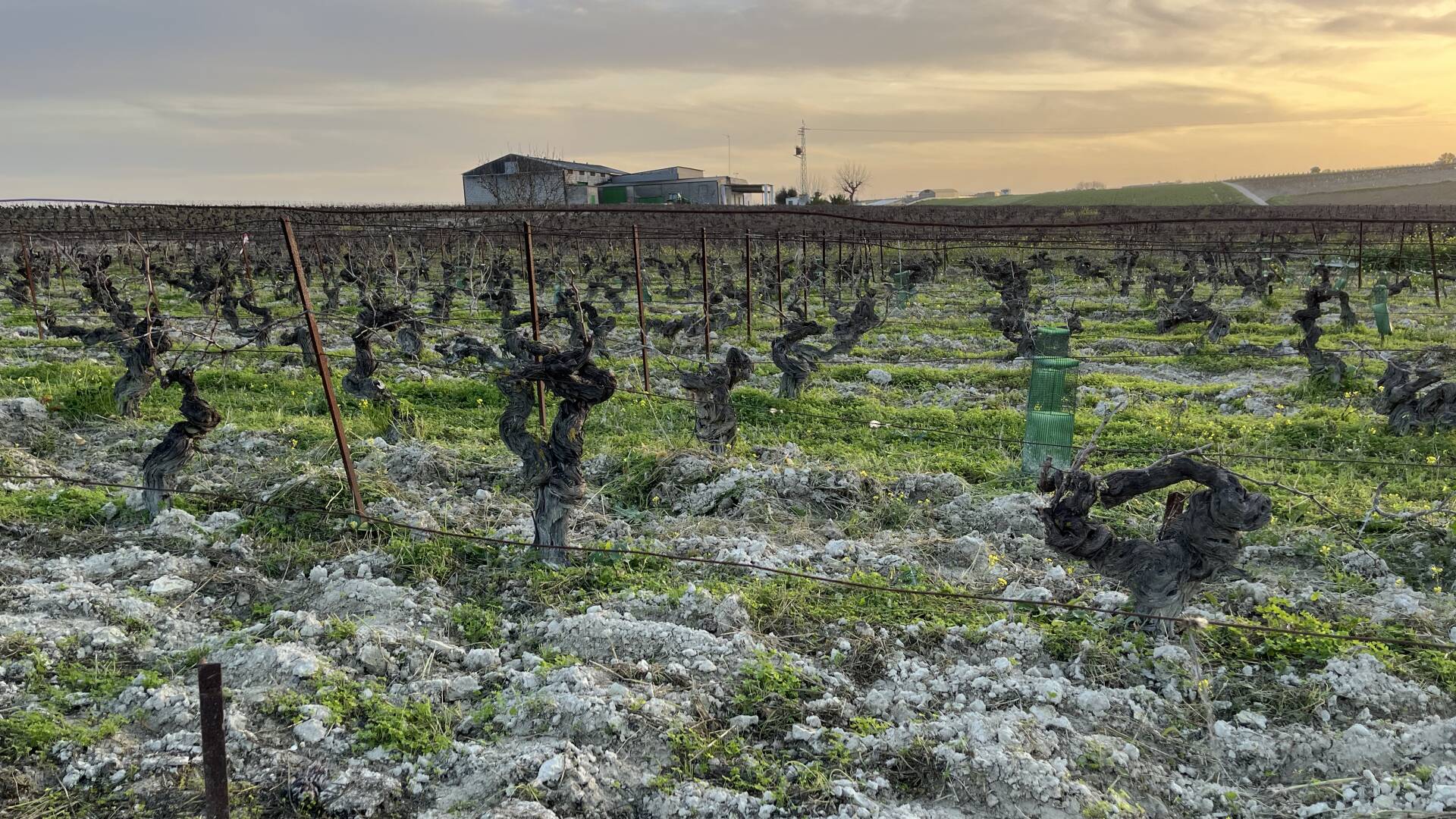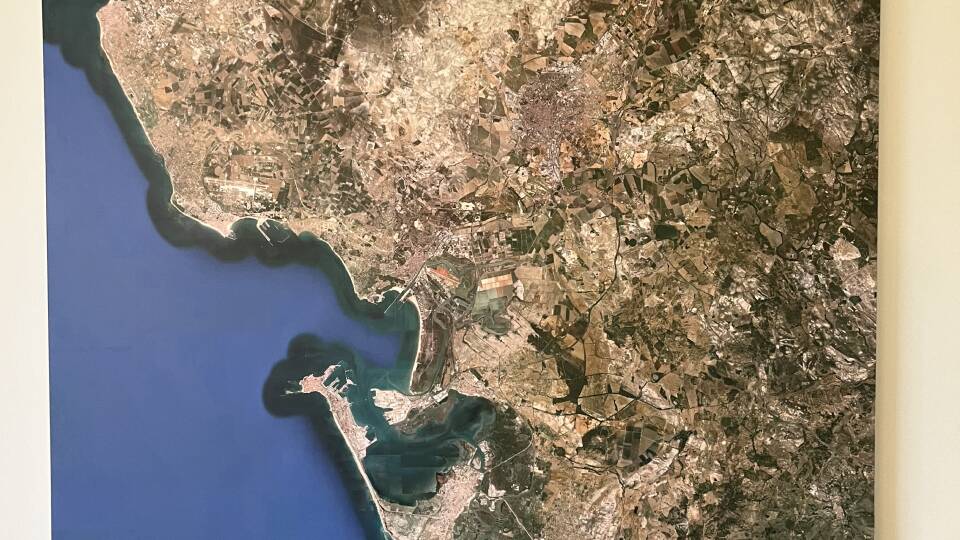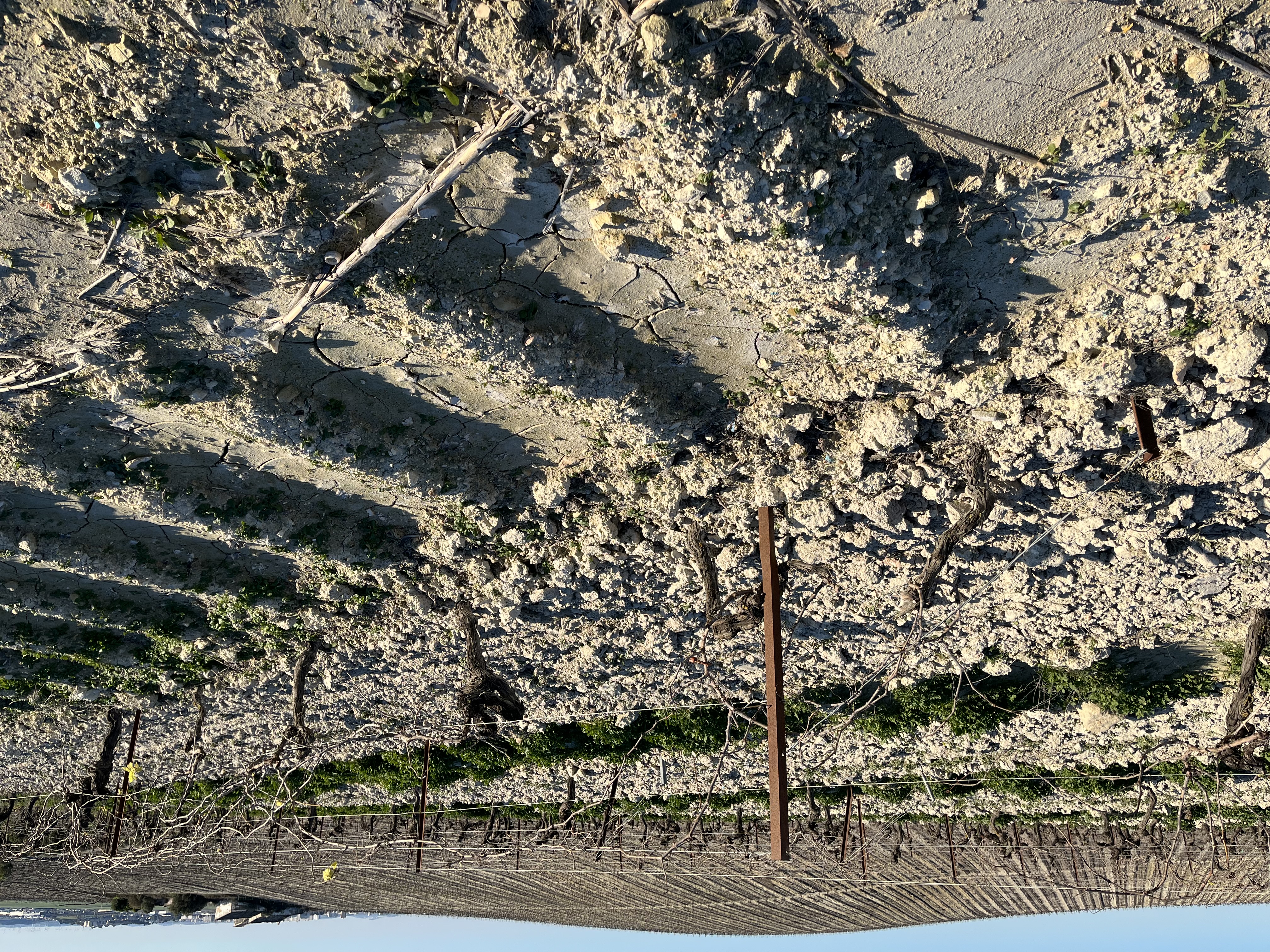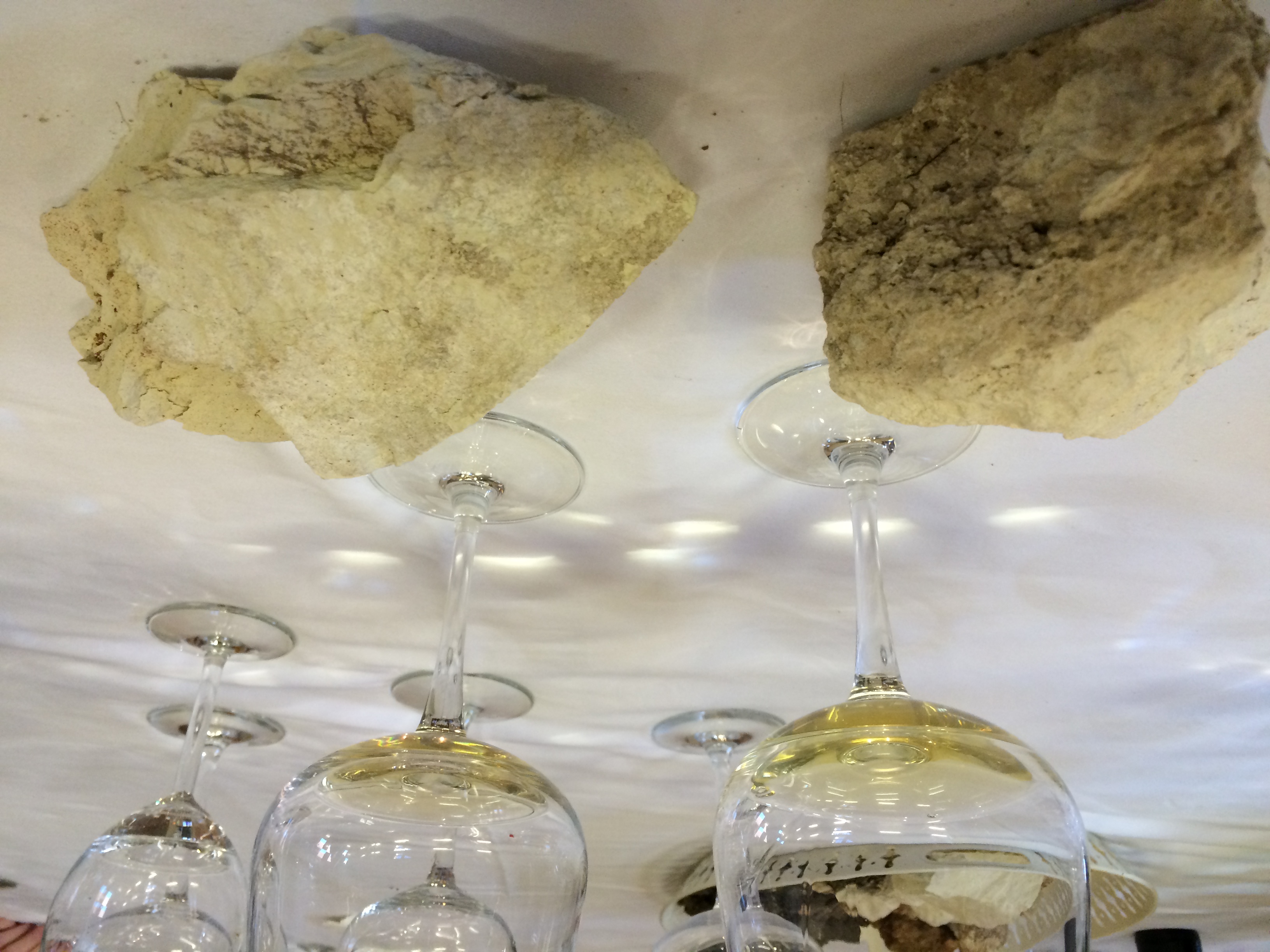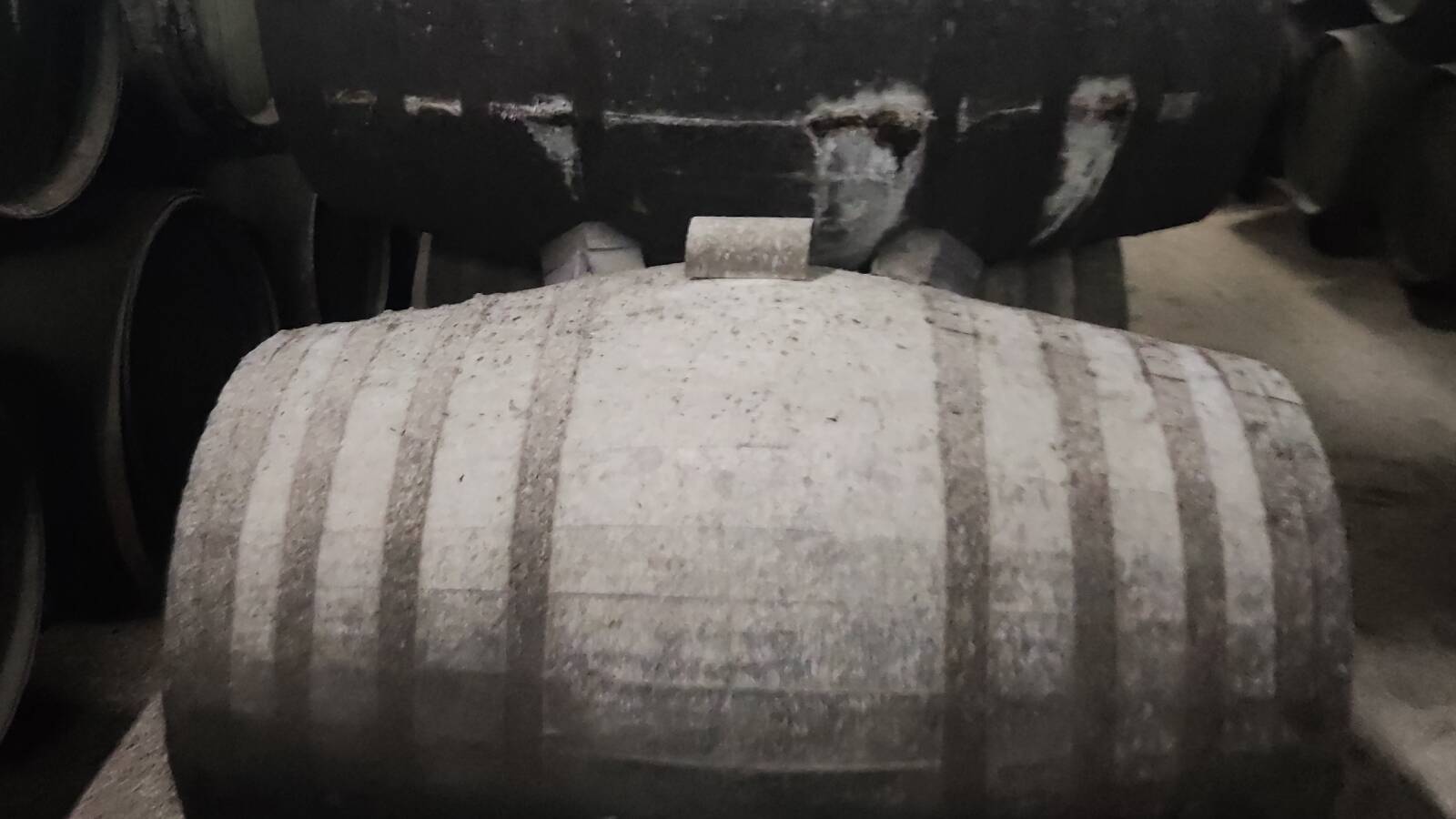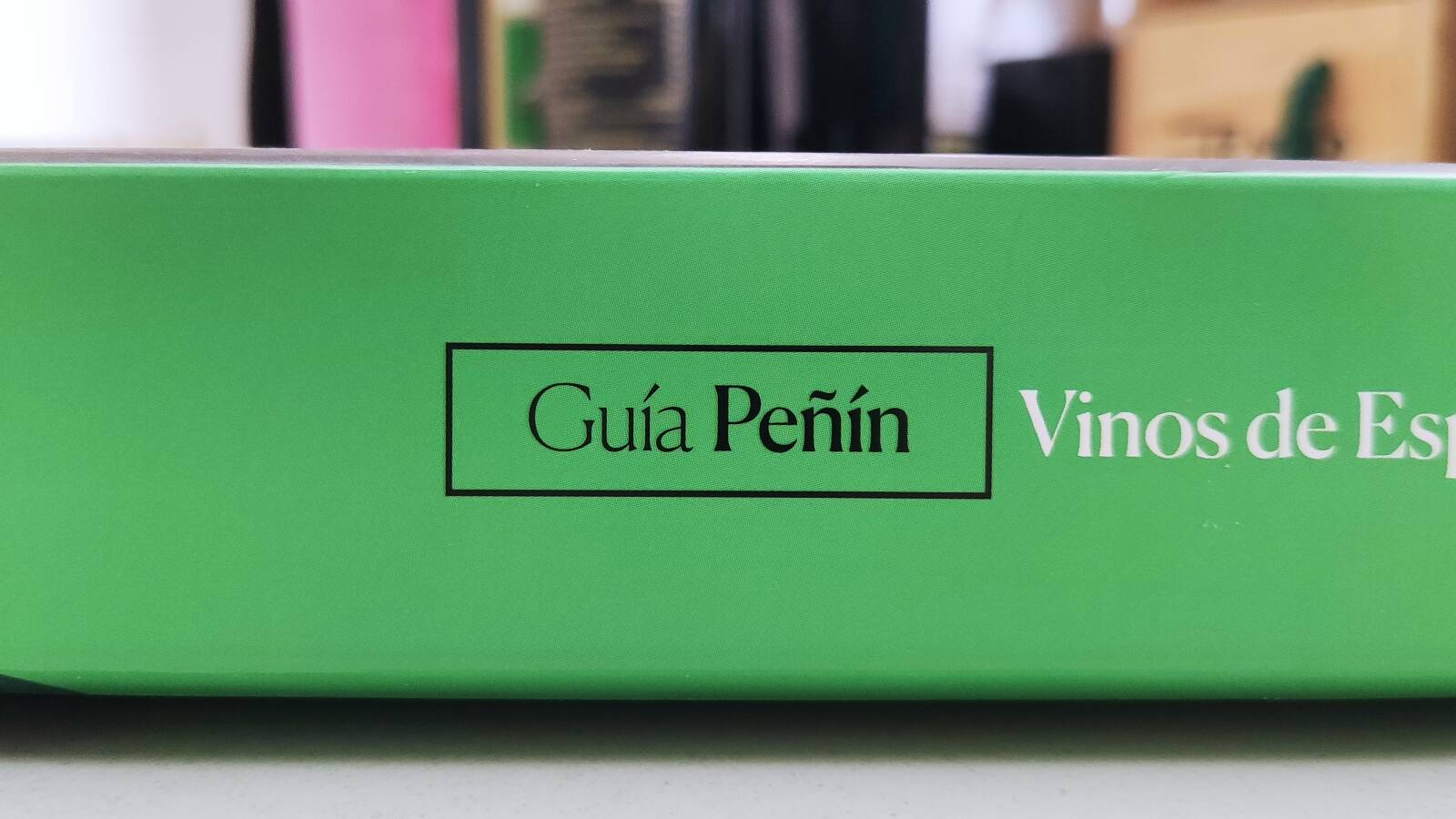Little by little, new producers arrived who, in an isolated way, contributed their bit to a trend that, although not yet a movement, was gaining weight. Projects such as Cota 45, De la Riva, Equipo Navazos, Primitivo Collantes, Forlong, Valdespino, Viña Callejuela, Barbadillo and many others have taken steps to transmit, like other great regions of the world, the great potential of this region based on ancestral varieties such as palomino, perruno, muscatel, king grape, etc., and above all on its albariza soil, the great forgotten by the traditional sherry producers. Over the last century, the winemaking process has taken precedence over everything, especially over a vineyard formerly segmented by quality and which has gradually lost its identity and value.
All these "new" works have been labelled as VT Cádiz or directly as Table Wines, since they cannot do so within their respective Denominations of Origin. The creation of a new DO does not guarantee that all of them will end up joining this initiative. Many of them are outsider winemakers who identify themselves as free souls and consider that they enjoy more creative freedom by labelling as Vinos de la Tierra (IGP) or directly as table wines. However, if the future DO is well founded, and they have all the potential to do so, they will have no choice but to be part of it in order to be considered an active part of a production area linked to quality through unique soils and climate. Who can refuse to be part of an idyllic DO?
Pasture wines, the styles

 Log in
Log in

